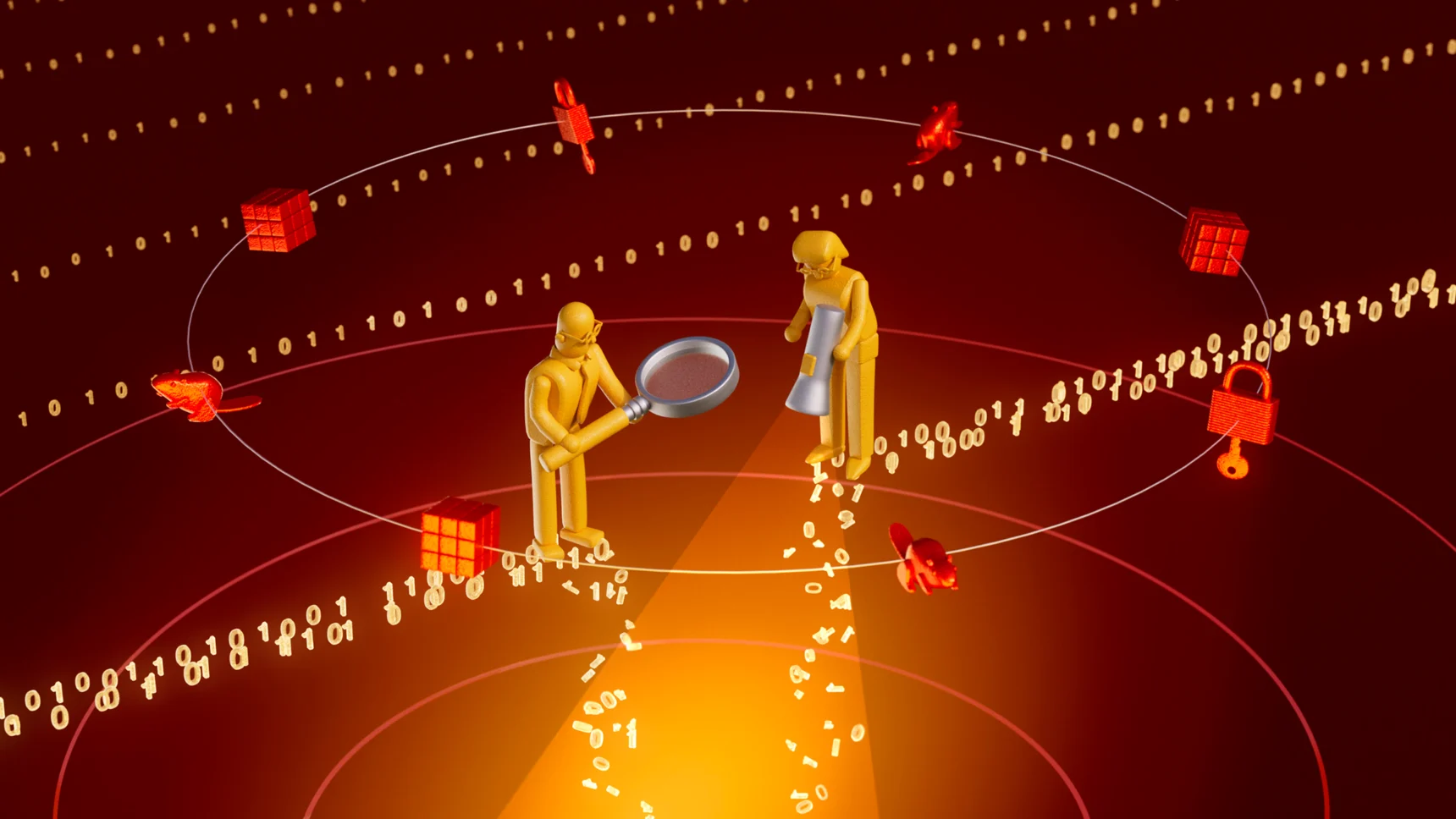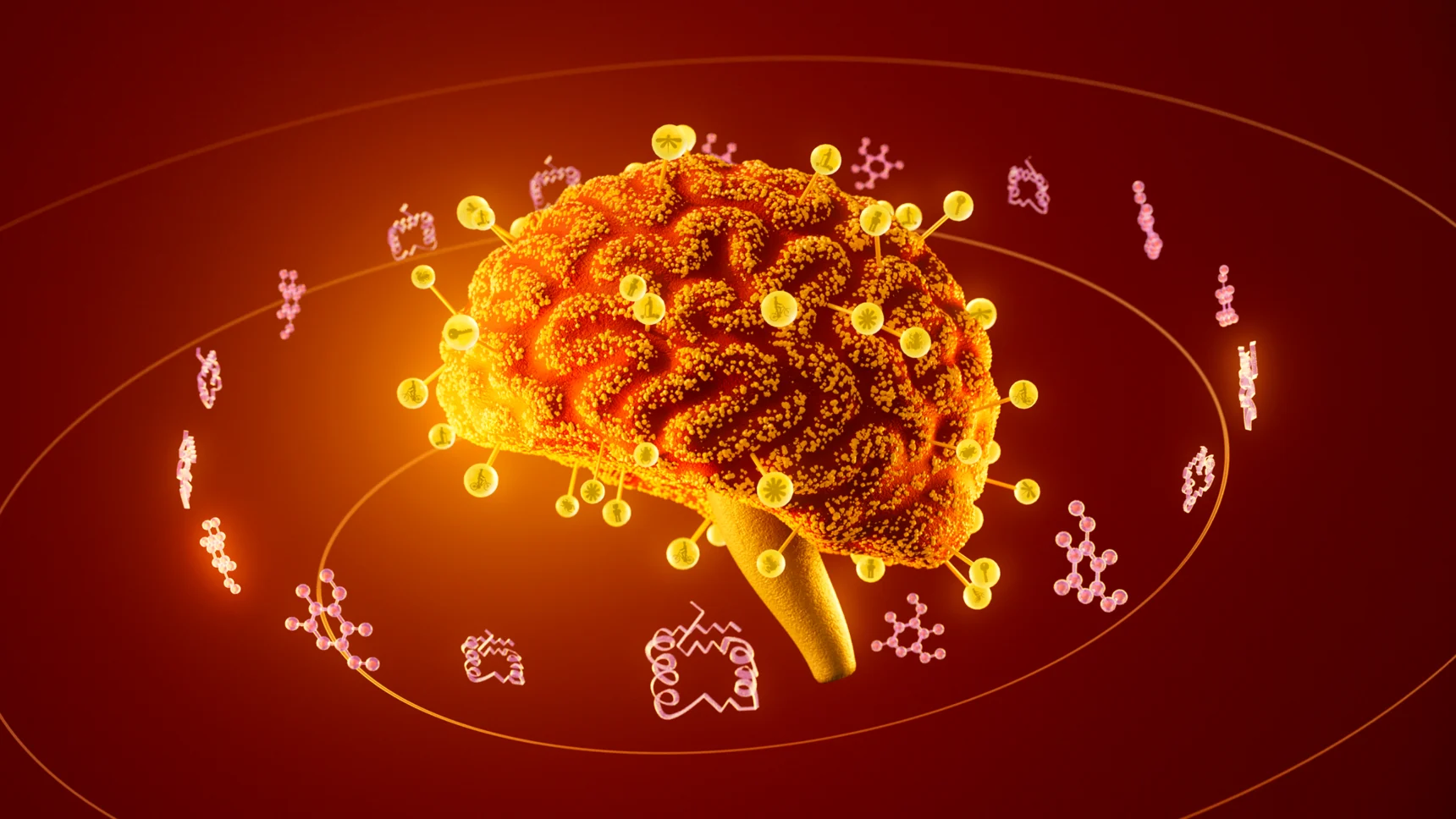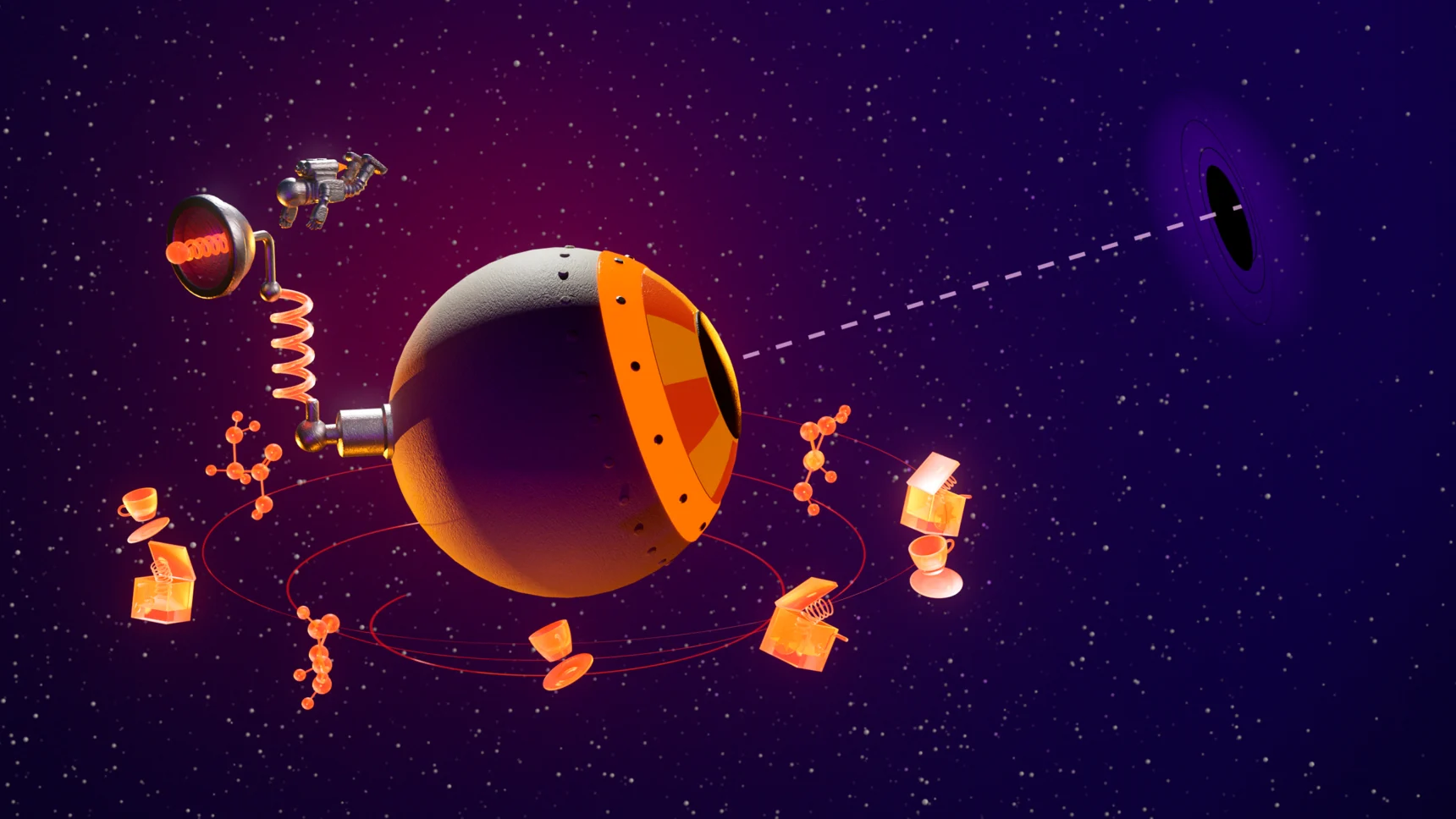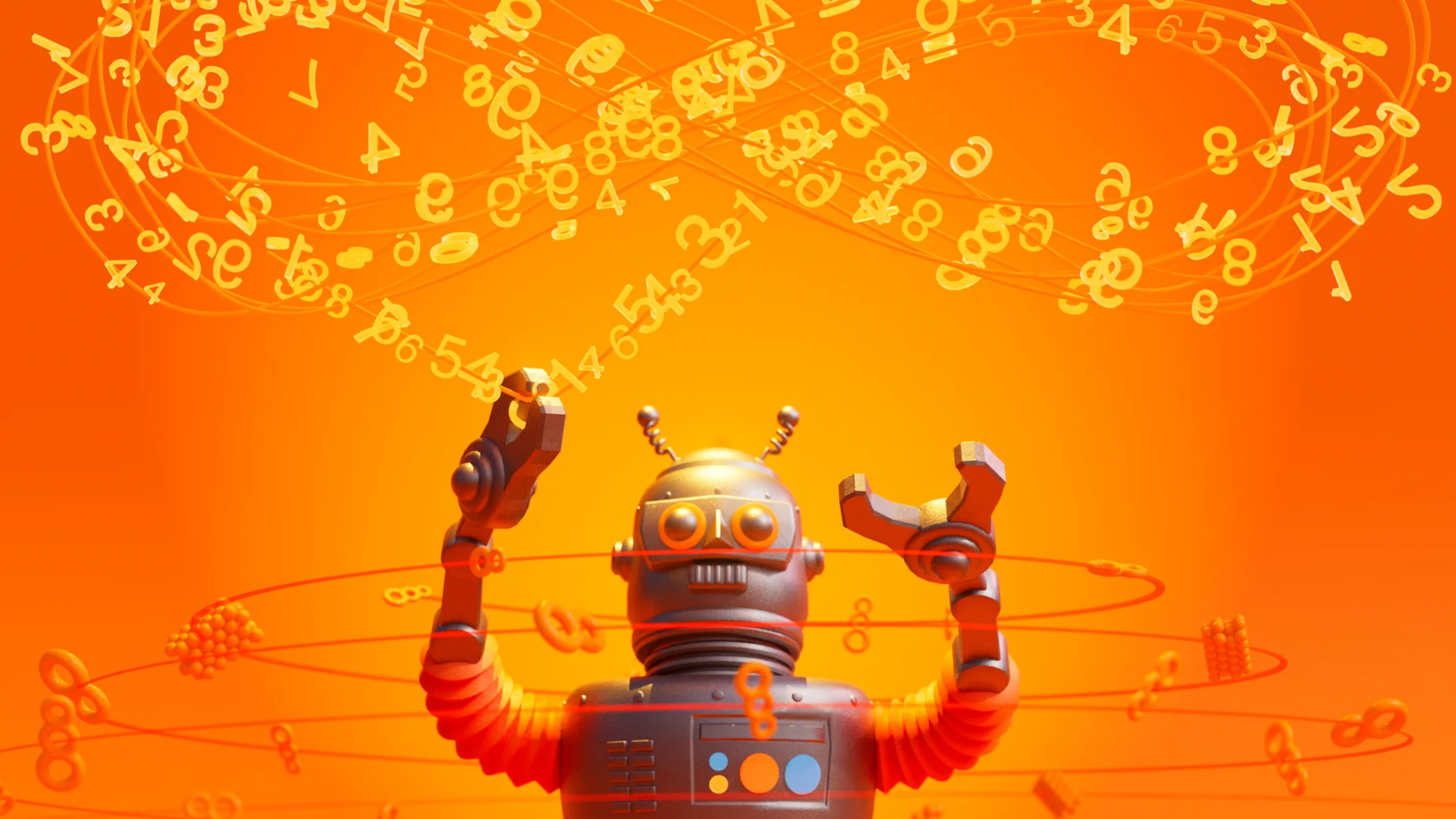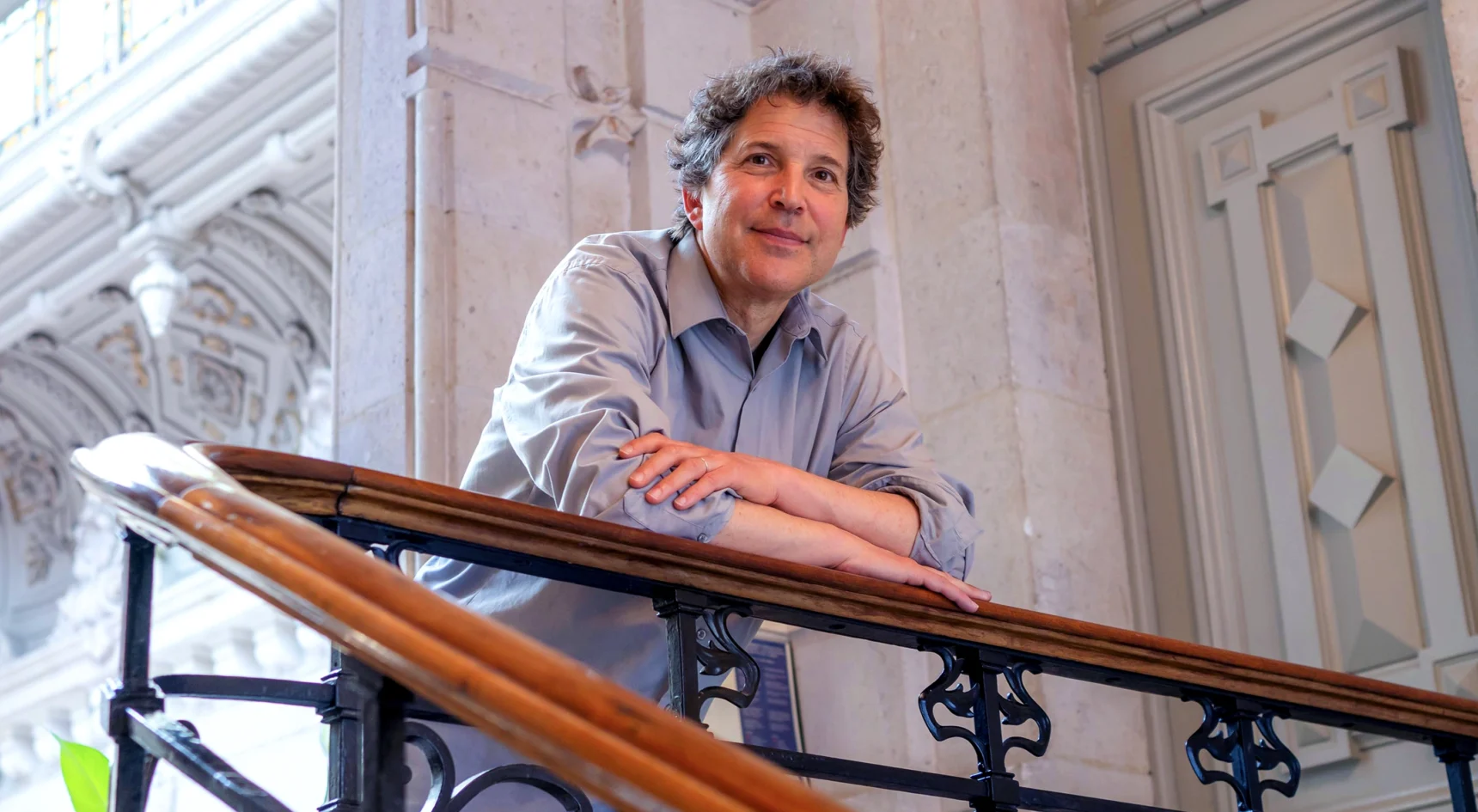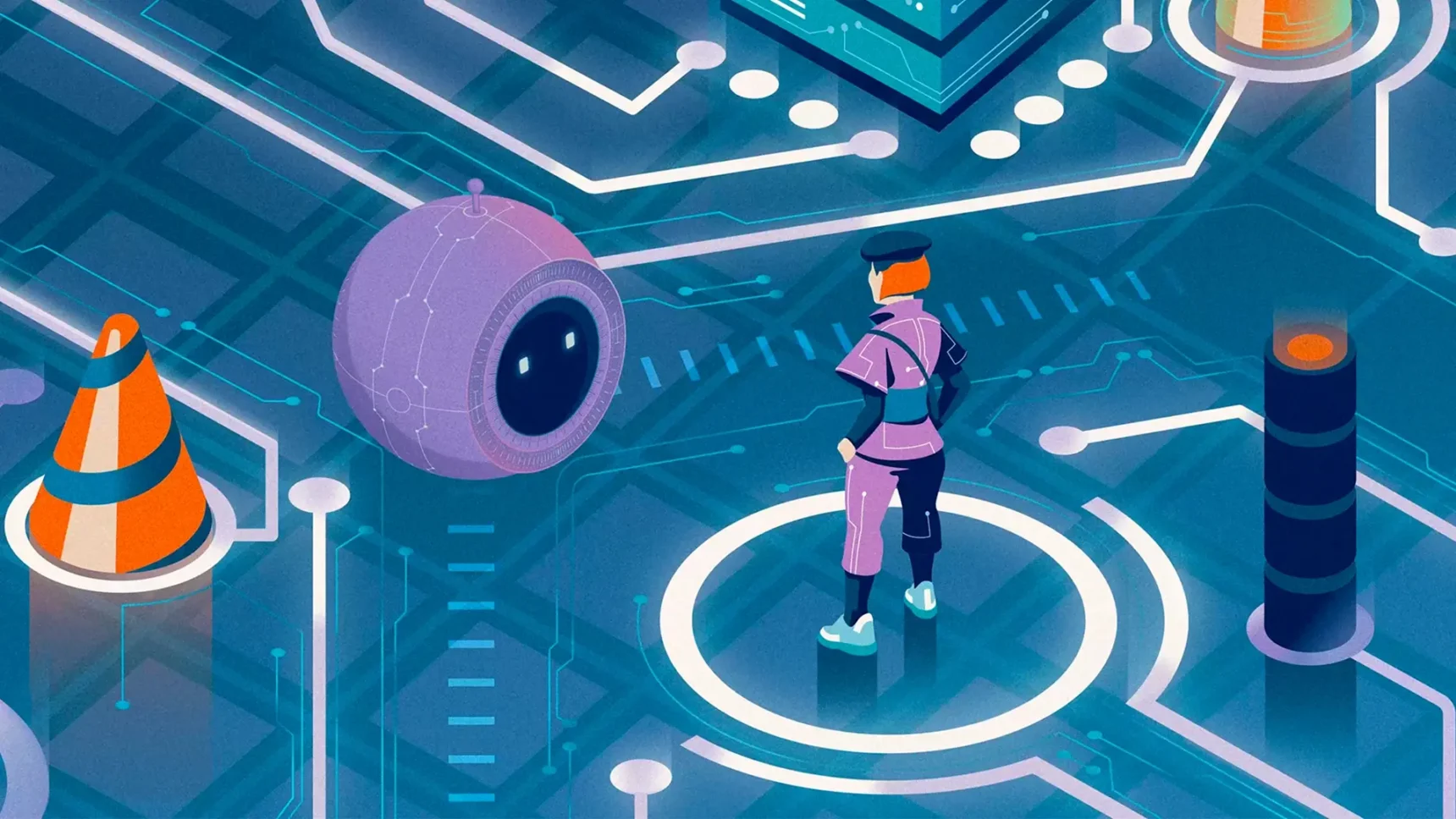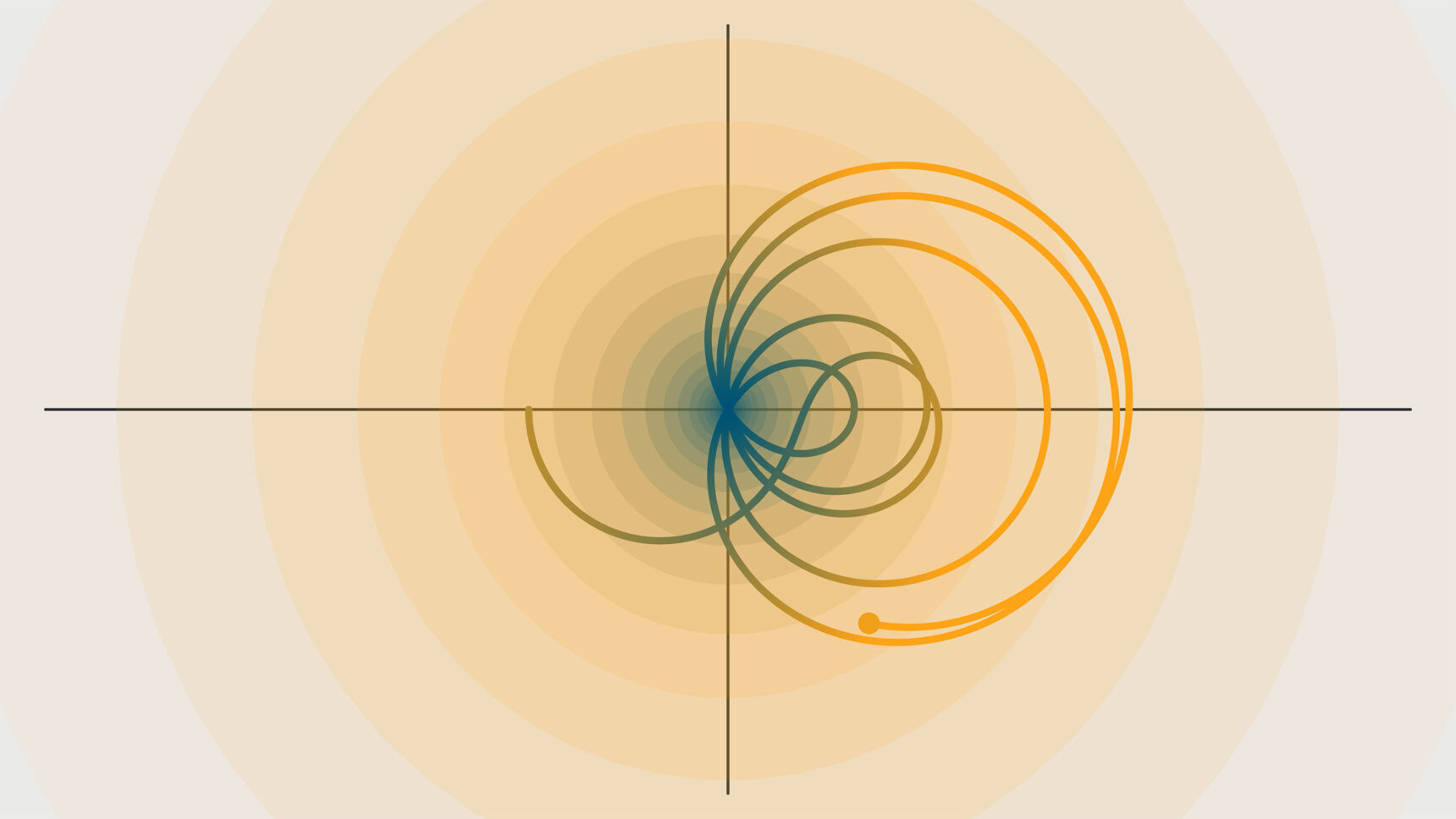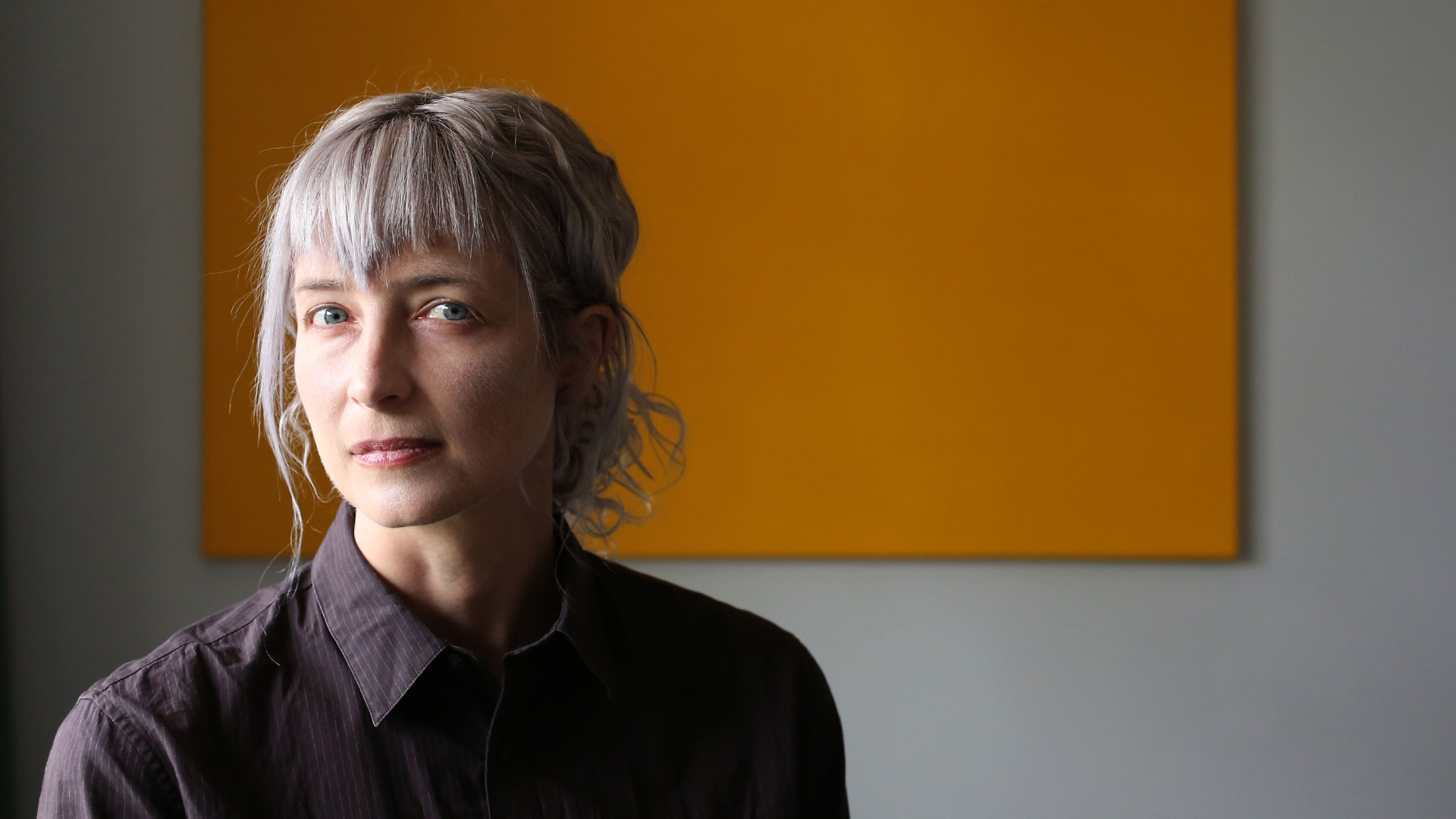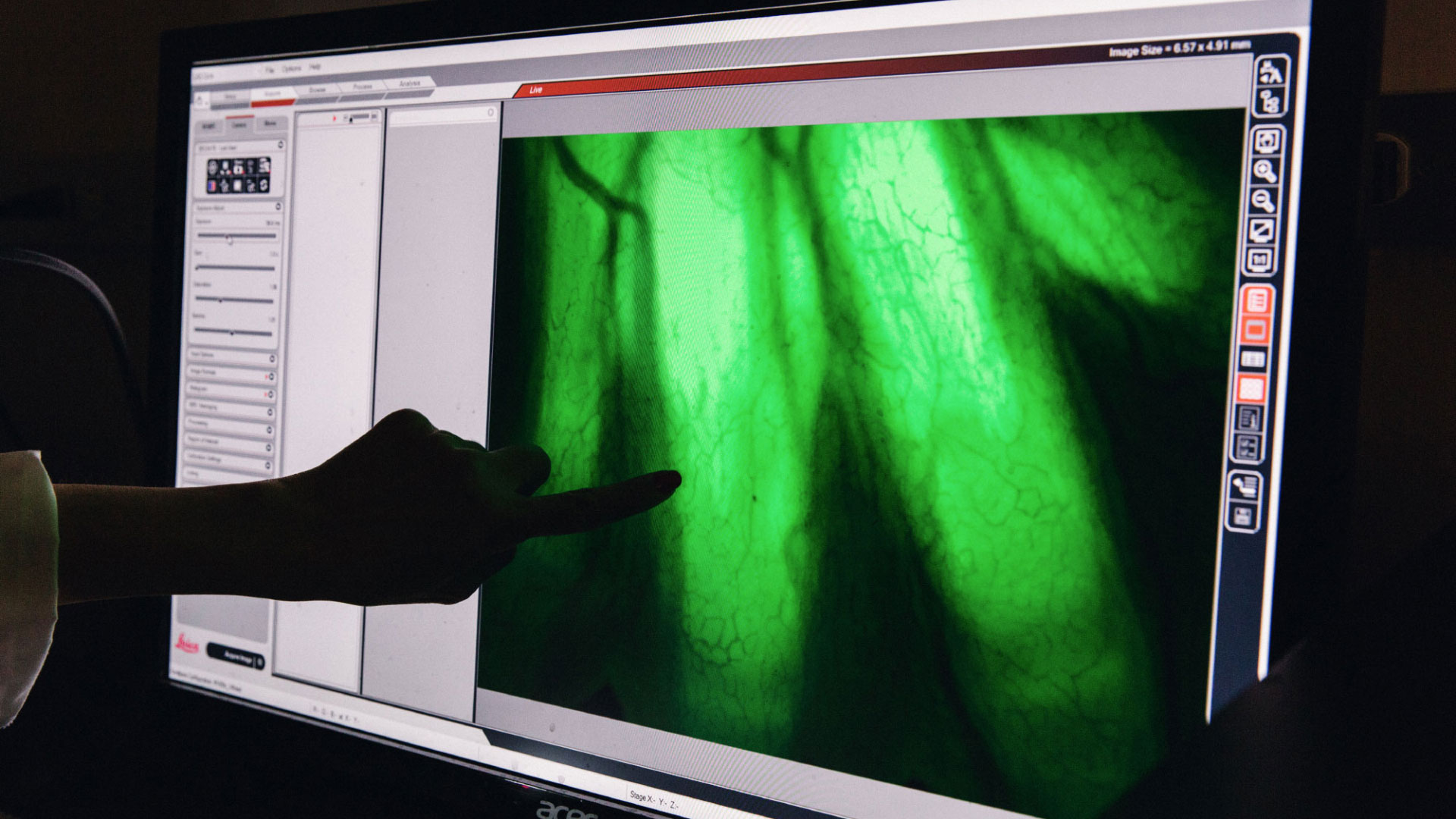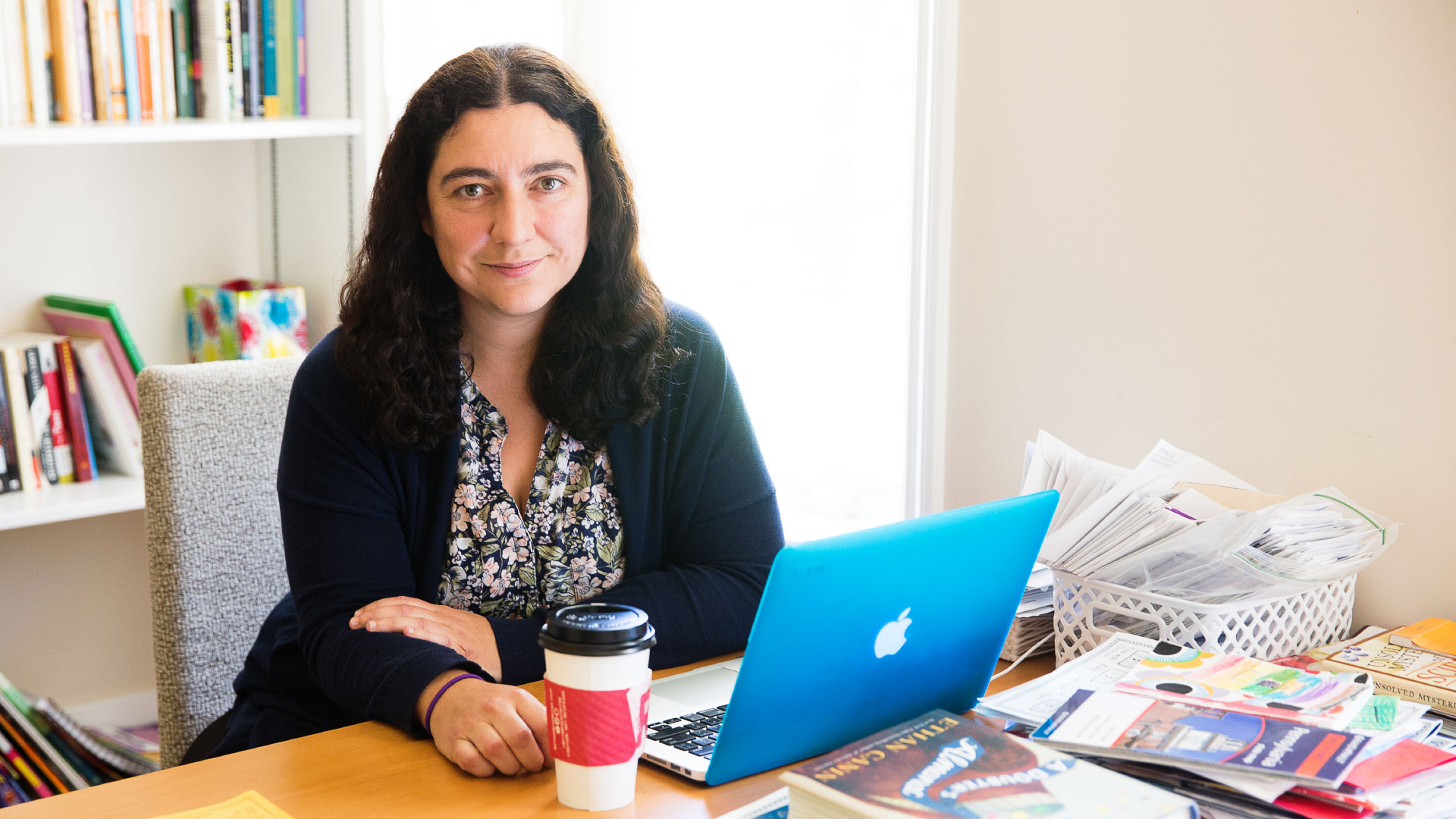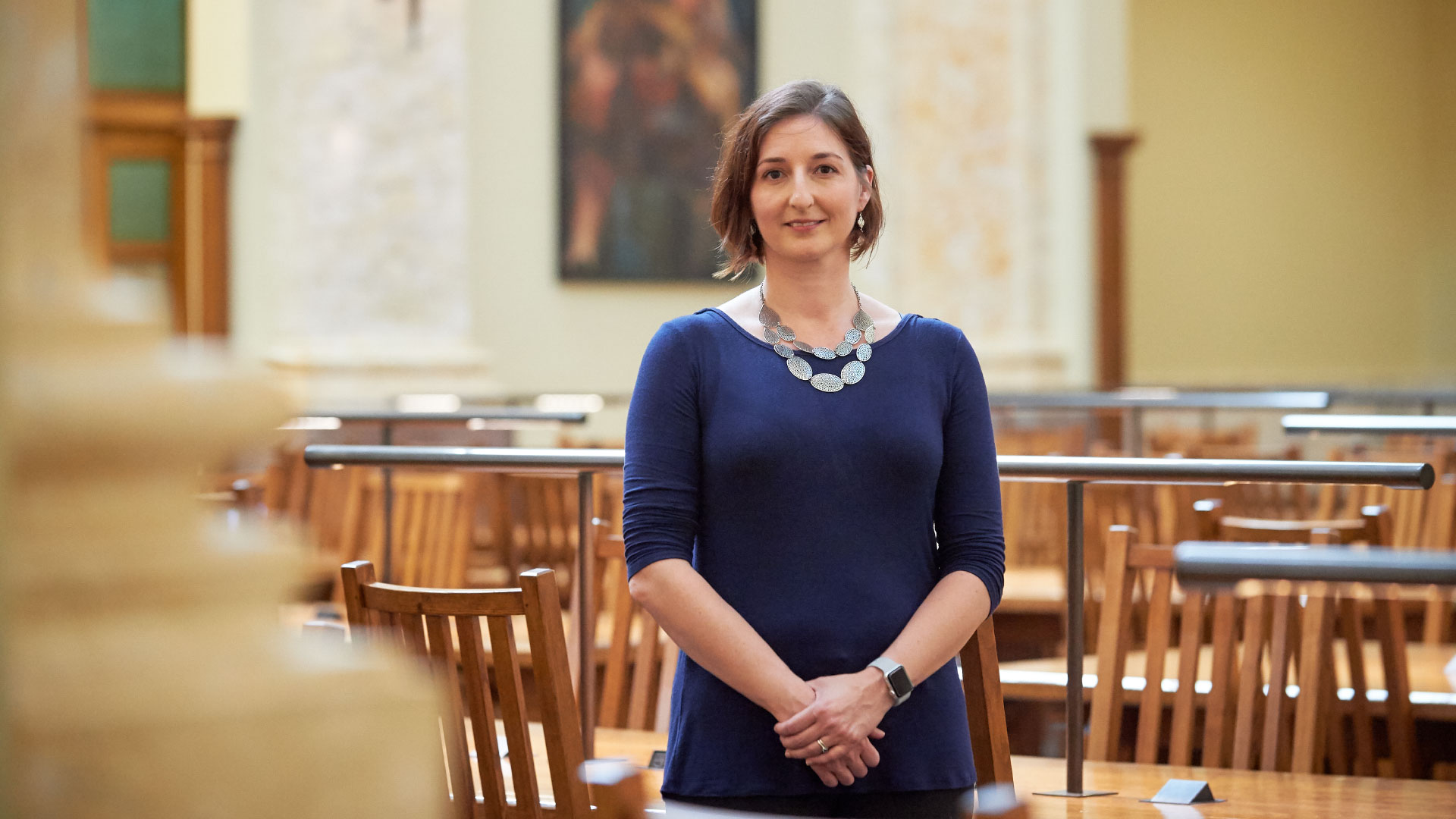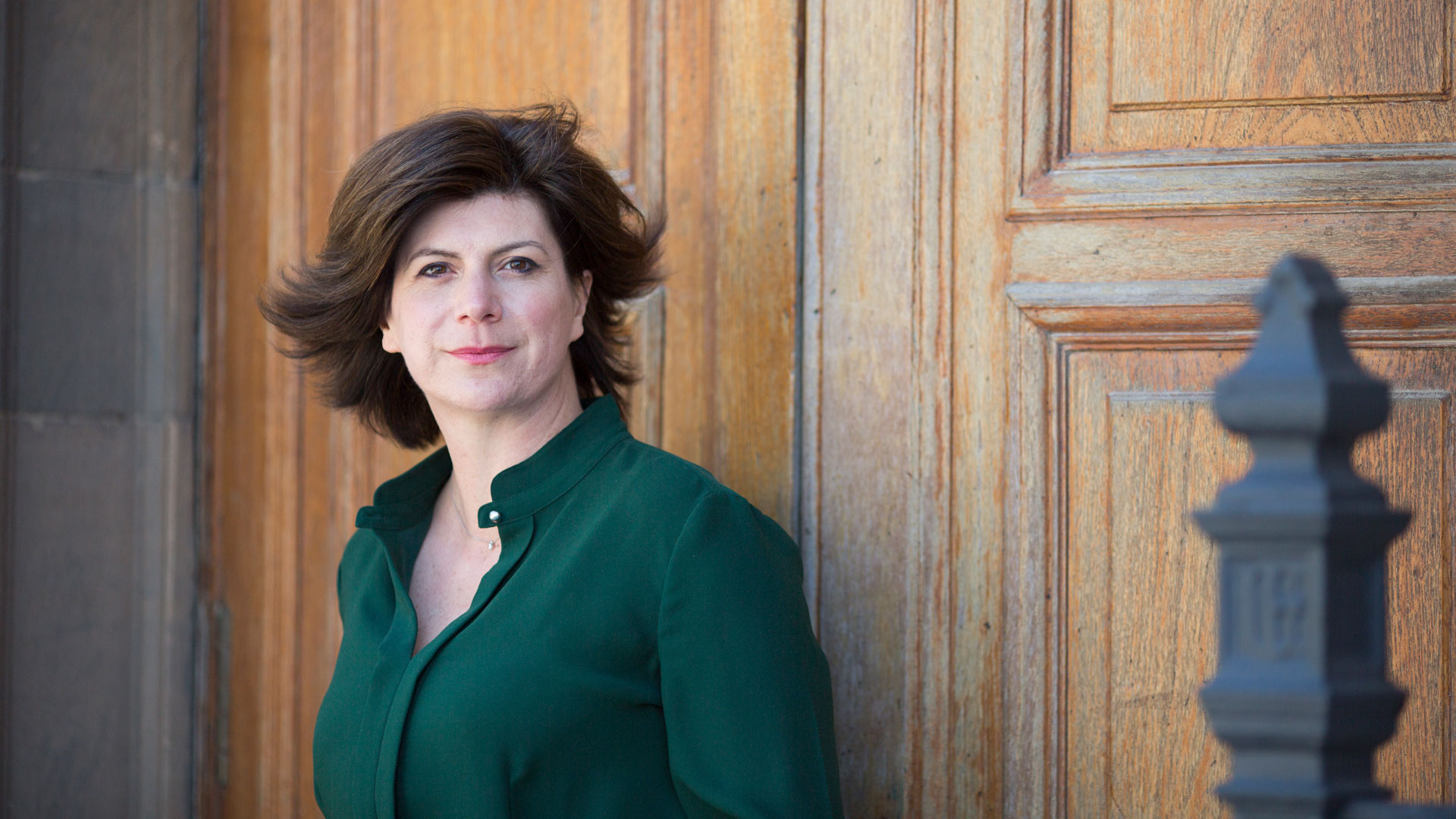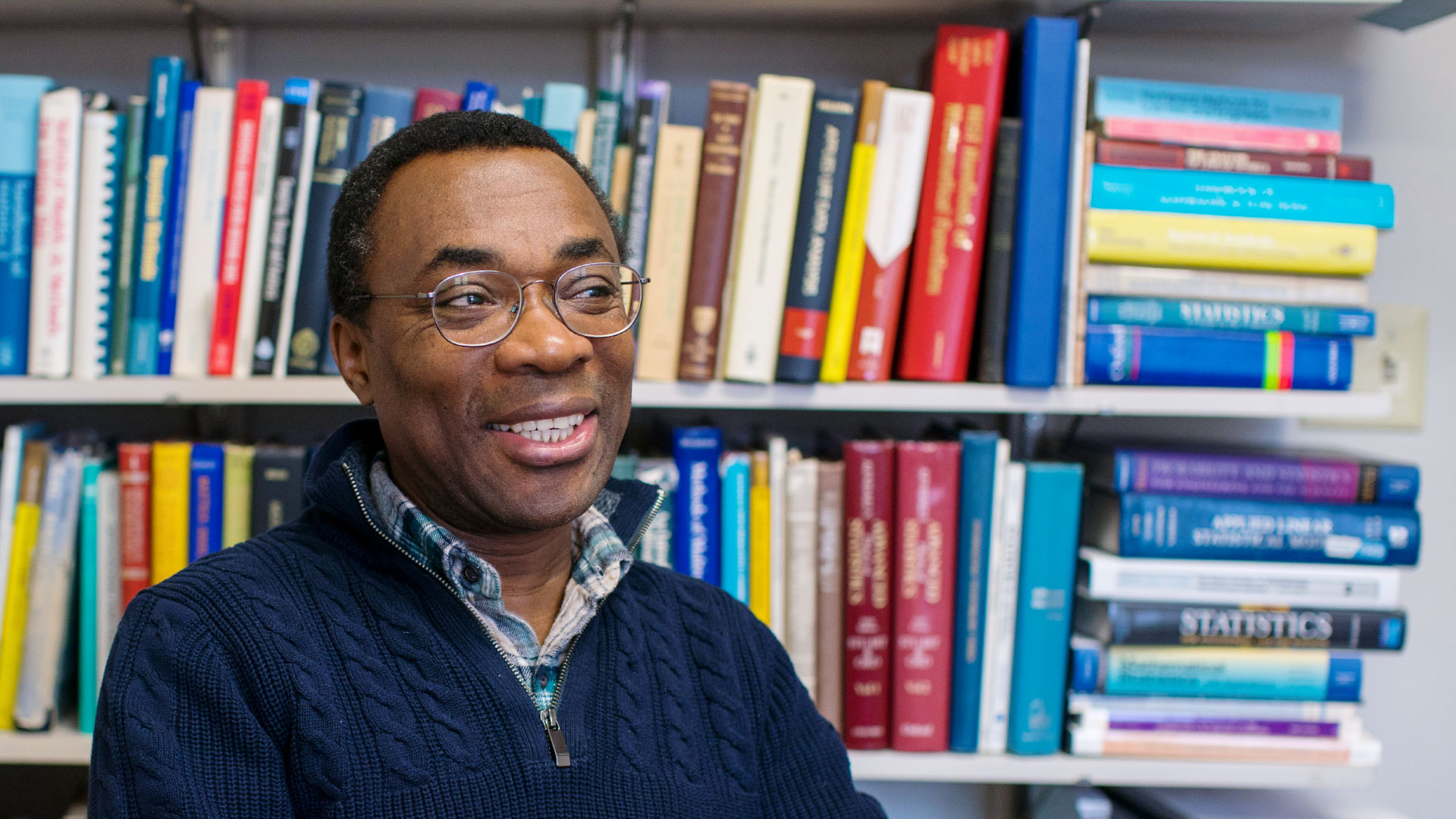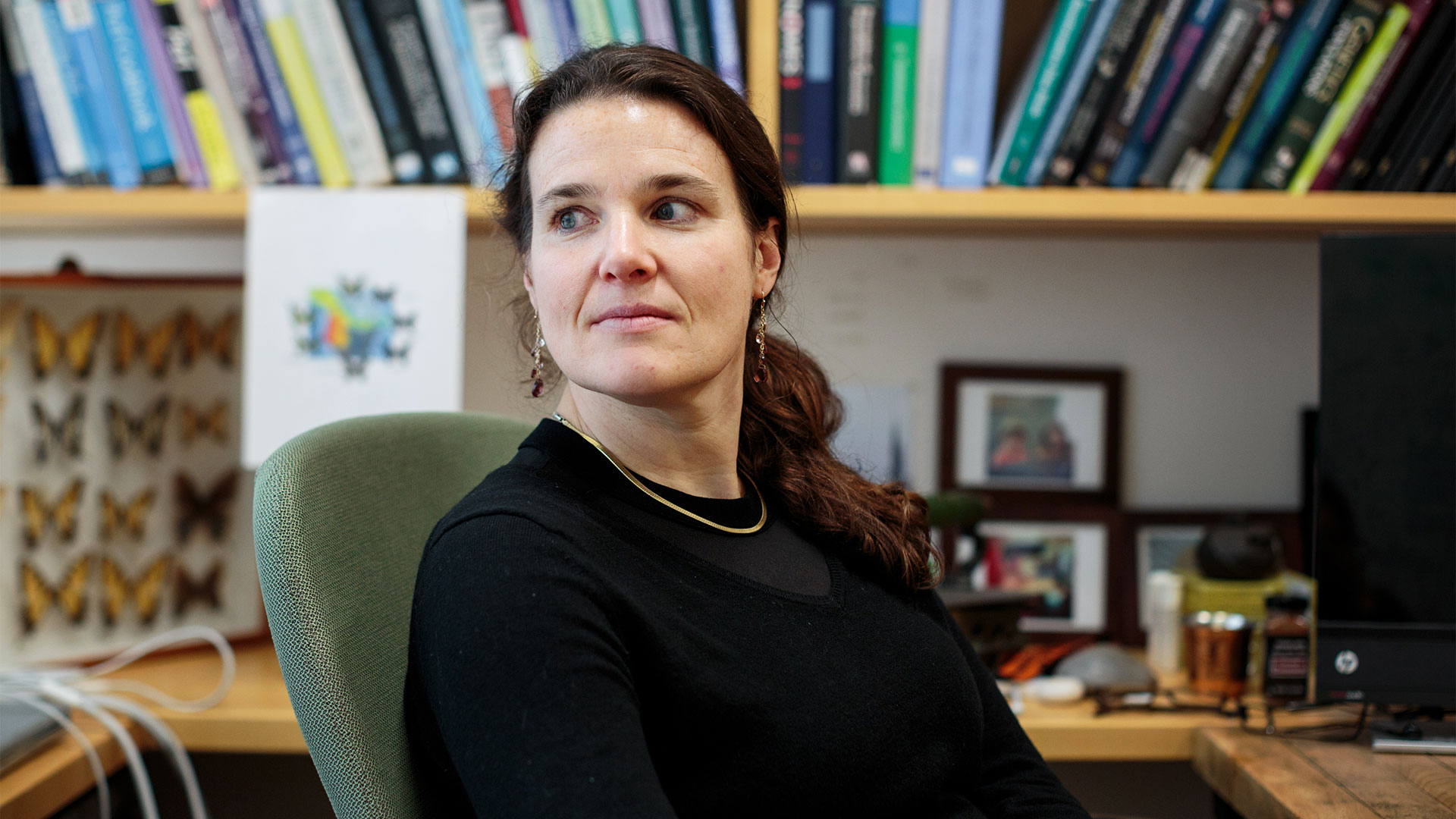Videos
2024 Biggest Breakthroughs in Computer Science
The year’s biggest computer science stories included a new understanding of large language models, and a breakthrough in being able to compute complex quantum systems.
Read related article
Select Playlist
Explore All Videos
Alessio Figalli: A Traveler Who Finds Stability in the Natural World
Figalli explains how physical intuition can play a key role — but not the only role — in mathematical thinking.
Cohl Furey on the Octonions and Particle Physics
Cohl Furey explains what octonions are and what they might have to do with particle physics.
Jessica Whited on Limb Regeneration and the Axolotl Genome
Jessica Whited is a biologist who studies limb regeneration at Harvard Medical School and Brigham and Women’s Hospital. Here, she explains how genomic information for the salamander called an axolotl will help us understand the potential for regrowing limbs in humans and other animals.
Carina Curto on How Physicists Can Think About Neuroscience
Carina Curto, a mathematician at Pennsylvania State University, explains how her background in theoretical physics helps her tackle daunting problems in theoretical neuroscience.
Lisa Manning on the Dynamics of Glasses and Embryos
Lisa Manning, a physicist at Syracuse University, describes how the physics of glassy materials helps to explain how some organs assume their correct shape during embryonic development.
Michela Massimi: Defending the Philosophy of Science
Michela Massimi argues that the philosophy of science doesn’t have to be useful to scientists for it to be useful to humanity.
Donald Richards: A Revealer of Secrets in the Data of Life and the Universe
Donald Richards discusses the statistical rule-of-thumb he wishes everyone knew.
Günter Ziegler Seeks God’s Perfect Math Proofs
Günter Ziegler describes one of the most famous and beautiful proofs in Proofs From THE BOOK, a book he co-authored with Martin Aigner.
Barbara Engelhardt on How to Improve Statistical Analyses of Genomes
Barbara Engelhardt, a computer scientist at Princeton University, explains why traditional machine-learning techniques have often fallen short for genomic analysis, and how researchers are overcoming that challenge.
